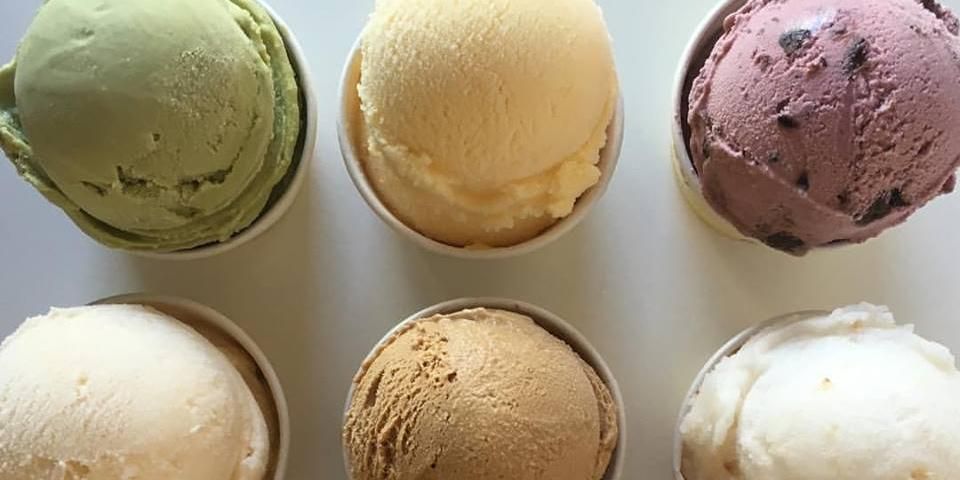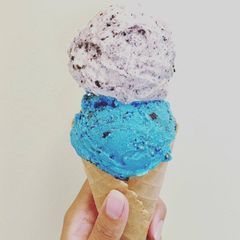
There’s no denying ice cream is a popular and beloved treat. An average American consumes approximately 23 pounds of ice cream each year, but the science behind how this frozen treat comes into being is often taken for granted. Discover these lesser known facts about how ice cream develops its texture and taste to gain a new appreciation for your cone or pint.
How Ice Cream Is Made
The Chemistry Behind It
It takes a precise mixture of fat molecules, ice crystals, air bubbles, and high concentrates of sugar and water to achieve quality ice cream, regardless of its flavor or coloring. What makes this such a complex and tricky process is that these elements would separate from each other under normal circumstances. That’s where additional ingredients come in. Emulsifiers are substances that help opposite ingredients combine, and ice cream must rely on them and stabilizers to keep its liquid form frozen with a pleasant texture.
 Obtaining Ice Cream’s Consistency
Obtaining Ice Cream’s Consistency
Creating the liquid base is the first step, and it requires a formula of around 60% water, 15% sugar, 10% non-fat milk, and 15% fat milk. This liquid base is then pasteurized to destroy harmful bacteria, churned, allowed to mature, and frozen. Different methods can be used for the freezing process, including liquid nitrogen or commercial freezers. Once hardened, the result is the ice cream you know and love.
It takes precision, quality ingredients, and a dash of science to make unforgettably delicious ice cream. Tropilicious Ice Cream Shop in Honolulu, HI, is known for crafting handmade ice cream and sorbet using island-inspired flavors, like azuki bean, Kona coffee, and toasted coconut. Using local ingredients and original recipes, they perfect each flavor in small batches before making them available for purchase. Visit their website to preview their flavors, or call (808) 847-1750 to learn more about their handcrafted process. You can also follow them on Instagram and Facebook for updates and new flavors.
About the Business
Have a question? Ask the experts!
Send your question

